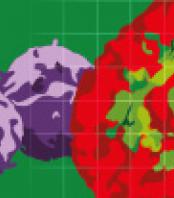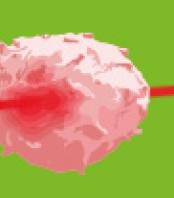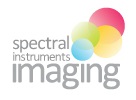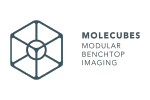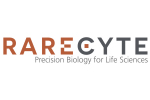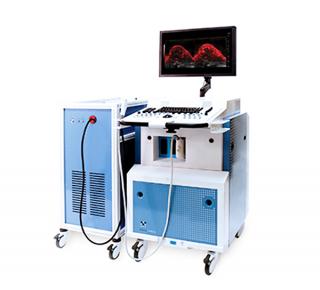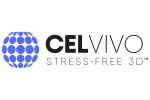Photoacoustic imaging is a new in vivo hybrid imaging modality that combines the sensitivity and contrast of optical imaging with the depth and resolution of ultrasound. When pulsed laser light illuminates tissue, the optical absorbers there (such as hemoglobin) undergo thermoelastic expansion, generating an acoustic pressure wave which is detected with an ultrasound transducer.
The Vevo LAZR system incorporates photoacoustic imaging into high-resolution ultrasound. The ultrasound imaging provides a high-resolution frame-of-reference for identifying anatomy, while the photoacoustic imaging enables functional measurements such as oxygen saturation, total hemoglobin and the microdistribution of biomarkers. Advantages of photoacoustic imaging are optical contrast for blood and molecular imaging, high-resolution at depth, real-time non-invasive and anatomical, functional and molecular data.
